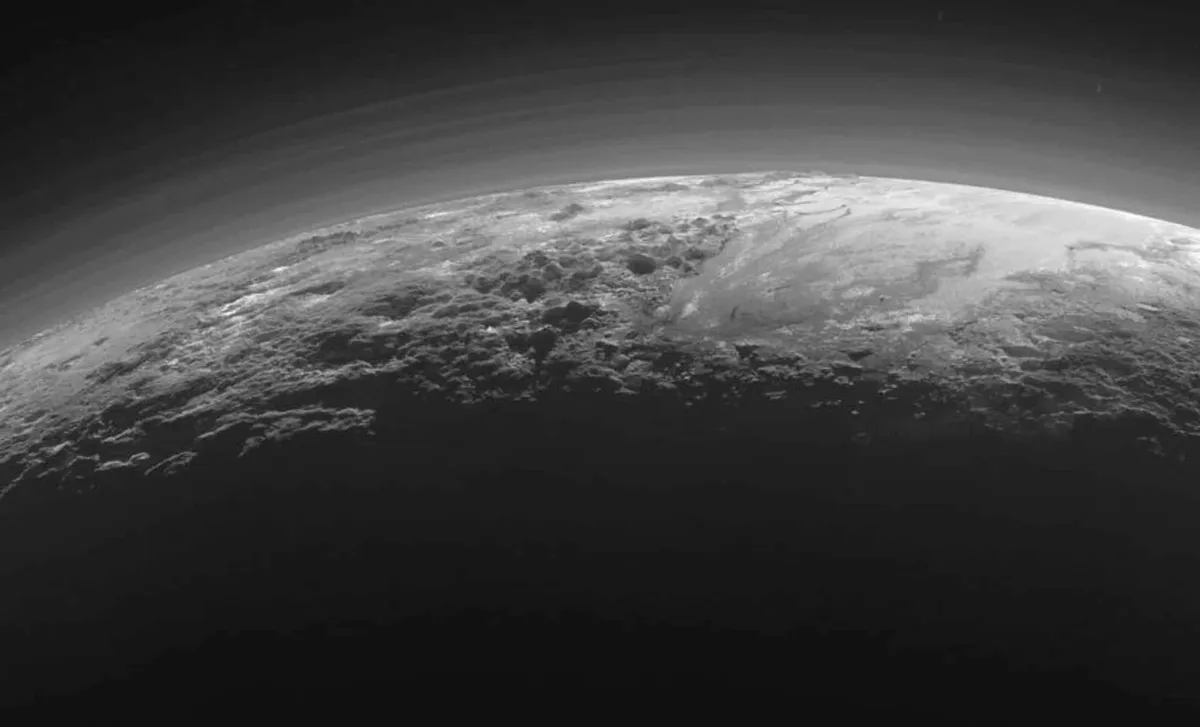
NASA’s New Horizons spacecraft has reached a remarkable milestone by successfully demonstrating a groundbreaking method for deep space navigation. The probe, now more than 5.5 billion miles from Earth, ventured through the Kuiper Belt, marking the first-ever successful test of deep space stellar navigation. This significant achievement not only enhances our understanding of navigation across vast interstellar distances but also serves as a proof-of-concept for future space missions.
The innovative test was conducted by an international team of astronomers, who tasked the New Horizons spacecraft with capturing images of two of our nearest stellar neighbors: Proxima Centauri and Wolf 359. This experiment highlighted the power of stellar parallax, a phenomenon in which stars appear to shift position due to the observer’s movement. The findings from this experiment, which have been accepted for publication in The Astronomical Journal, could revolutionize navigation for spacecraft venturing far beyond our solar system.
At the core of stellar navigation is the ability to measure the position of stars relative to one another from different vantage points in space. This process is rooted in the concept of stellar parallax, where the apparent shift in a star’s position occurs due to changes in the observer's location. During the New Horizons test, images of Proxima Centauri, located just 4.2 light-years away, and Wolf 359, at 7.86 light-years, were captured as the spacecraft traversed the outer solar system.
By measuring the apparent shifts in these stars' positions, astronomers were able to calculate the spacecraft’s location in space with remarkable accuracy. The test was not only groundbreaking in its scale but also demonstrated the feasibility of using stellar parallax for interstellar navigation. While the data collected may not be research-grade, it provided a significant proof-of-concept, achieving location accuracy of 4.1 million miles—equivalent to roughly 26 inches between New York and Los Angeles.
This successful demonstration is more than a theoretical exercise; it signifies a practical step toward ushering in a new era of deep space exploration. “By taking simultaneous Earth and spacecraft images, we aimed to make the concept of stellar parallax instantly clear,” stated Tod Lauer, an astronomer at NSF’s NOIRLab and the study’s lead author. Observing stellar positions from both Earth and the spacecraft allowed the team to witness the phenomenon of parallax firsthand, bridging theory and practice.
Lauer underscored the educational value of this experiment, emphasizing how it brought a complex concept to life in a tangible way. The New Horizons team's work exemplifies the increasing sophistication of space missions, especially as humanity gears up for deeper explorations of the cosmos. “It’s one thing to know something, but another to say, ‘Hey, look! This really works!’” Lauer added. The successful implementation of stellar navigation in deep space clearly indicates that this technology could play a critical role in future interstellar missions.
The ramifications of this experiment extend well beyond New Horizons. As NASA and other space agencies plan missions to explore distant regions of the galaxy, the ability to navigate effectively through interstellar space is becoming increasingly vital. New Horizons, famed for its historic flyby of Pluto in 2015, has now contributed significantly to space science by demonstrating the feasibility of deep space stellar navigation.
These advancements open new avenues for mission planning, making long-distance missions to exoplanets or even interstellar space more plausible. As New Horizons continues its extended mission, studying the heliosphere and approaching the boundary of interstellar space, the success of this navigation test underscores the potential of future missions to explore the cosmos in unprecedented ways.
Originally launched to study Pluto and its moons, New Horizons has transformed into a pioneering mission for interstellar exploration. The test of stellar navigation in deep space may well be a game-changer for humanity’s future endeavors in the cosmos. By enhancing methods of stellar navigation, space agencies can prepare for more ambitious missions, including potential visits to exoplanets in other star systems.
As scientists continue to refine these navigation techniques, the dream of exploring distant stars and interstellar space is gradually becoming a reality. As New Horizons approaches the boundary of interstellar space, its achievements in stellar navigation lay the groundwork for more advanced and precise methods of navigating the vast unknown beyond our solar system. This mission not only exemplifies NASA’s leadership in space exploration but also highlights the growing expertise within the broader scientific community in deep space navigation, promising a future where we can chart a course through the stars.